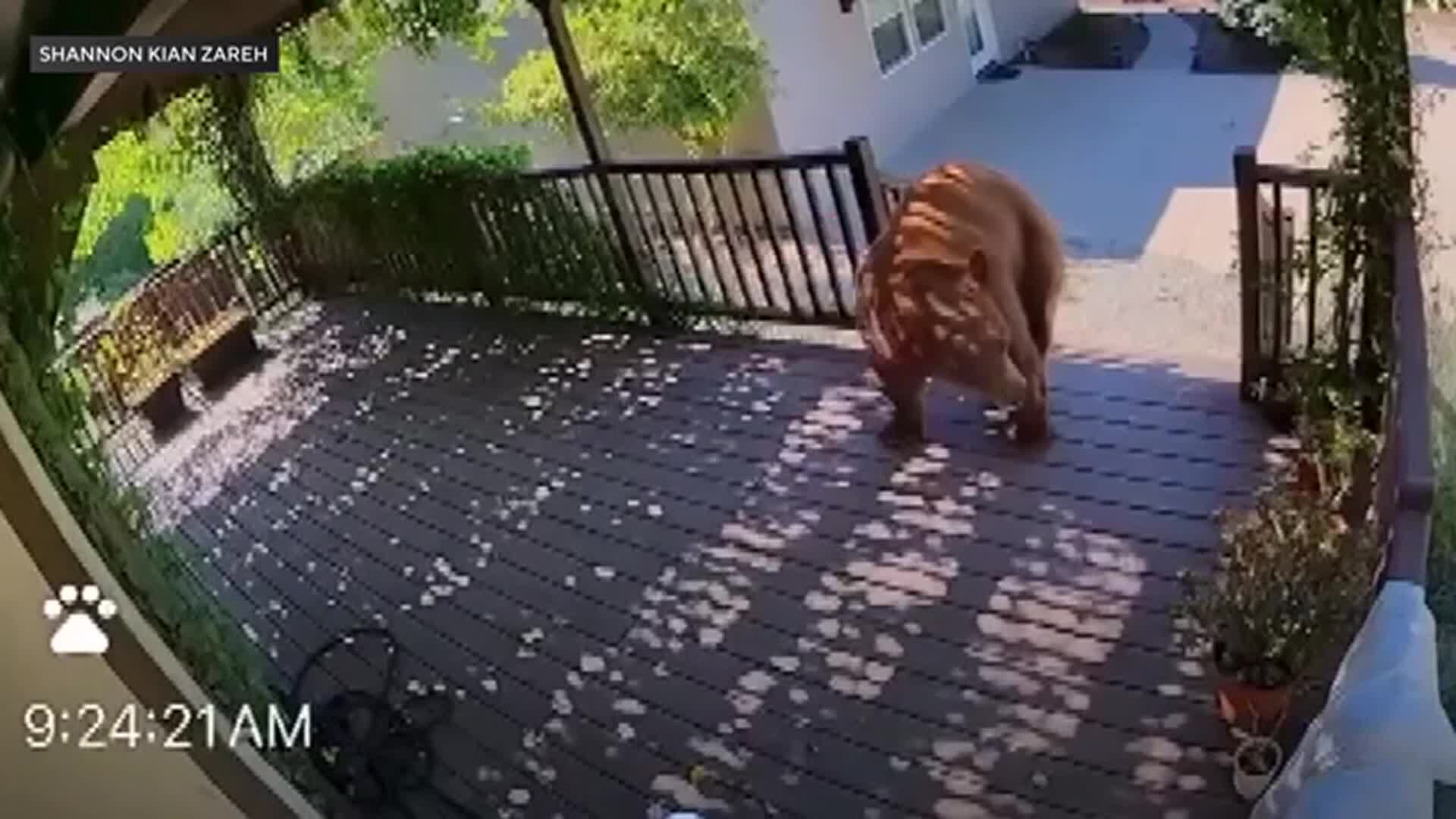Calf of critically endangered species born at Rolling Hills Zoo – KAKE

Report on the Birth of a Critically Endangered Addax and its Contribution to Sustainable Development Goals
Event Summary
Rolling Hills Zoo has reported the successful birth of an addax calf, a species classified as critically endangered. This event represents a significant contribution to global conservation efforts and aligns directly with the United Nations Sustainable Development Goals, particularly SDG 15 (Life on Land).
Calf and Lineage Details
The birth, which occurred on a Saturday morning, marks a key success for the zoo’s managed breeding program. Key details are as follows:
- Species: Addax (Addax nasomaculatus)
- Conservation Status: Critically Endangered
- Mother: Felicity (her second calf)
- Father: Ajax (his fifth sired calf)
- Sibling: The newborn is a full sibling to Fern, a female born in July 2023.
- Current Status: The calf is healthy, though its sex has not yet been confirmed.
Alignment with Sustainable Development Goal 15: Life on Land
The birth of this addax calf is a tangible outcome of conservation actions that support SDG 15, which aims to protect, restore, and promote sustainable use of terrestrial ecosystems and halt biodiversity loss.
- Target 15.5: Protect Threatened Species: This event directly addresses the urgent action required to protect threatened species from extinction. By increasing the population of a critically endangered animal, the zoo’s breeding program serves as a crucial safeguard against the species’ disappearance.
- Halting Biodiversity Loss: Each successful birth within a managed care program is a step toward halting the decline of biodiversity. These programs maintain a genetically diverse and healthy population, which is essential for the long-term survival of the species and potential future reintroduction initiatives.
- Conservation and Education: The presence of the new calf provides an important opportunity to educate the public about the threats facing wildlife and the collective action needed to achieve the targets set forth in SDG 15.
Conclusion
The birth of the addax calf at Rolling Hills Zoo is a noteworthy achievement in wildlife conservation. It underscores the critical role zoological institutions play in the global effort to meet Sustainable Development Goal 15 by actively working to prevent the extinction of threatened species and preserve biodiversity for future generations.
Analysis of Sustainable Development Goals in the Article
-
Which SDGs are addressed or connected to the issues highlighted in the article?
- SDG 15: Life on Land – This goal focuses on protecting, restoring, and promoting the sustainable use of terrestrial ecosystems and halting biodiversity loss. The article’s central theme, the birth of a calf from a “critically endangered species,” directly aligns with the conservation efforts championed by SDG 15.
-
What specific targets under those SDGs can be identified based on the article’s content?
- Target 15.5: “Take urgent and significant action to reduce the degradation of natural habitats, halt the loss of biodiversity and, by 2020, protect and prevent the extinction of threatened species.”
- Explanation: The zoo’s breeding program for the addax is a clear and “significant action” aimed at preventing the extinction of a threatened species. The article highlights a successful birth, which is a direct contribution to this target.
-
Are there any indicators mentioned or implied in the article that can be used to measure progress towards the identified targets?
- Mentioned Indicator: The article’s reference to the addax being on a “critically endangered species list” directly relates to Indicator 15.5.1: Red List Index. The Red List Index is a primary tool for tracking the conservation status of species. The zoo’s effort is an attempt to improve the species’ status on this index.
- Implied Indicator: The article provides quantitative data on the breeding program’s success: “the second calf for mother Felicity and the fifth calf sired by Ajax.” This count of successful births serves as a direct, measurable proxy indicator for progress in increasing the population of this critically endangered species, thereby contributing to Target 15.5.
-
Create a table with three columns titled ‘SDGs, Targets and Indicators” to present the findings from analyzing the article. In this table, list the Sustainable Development Goals (SDGs), their corresponding targets, and the specific indicators identified in the article.
SDGs Targets Indicators SDG 15: Life on Land 15.5: Take urgent and significant action to… protect and prevent the extinction of threatened species. - Indicator 15.5.1 (Red List Index): Mentioned via the phrase “critically endangered species list.”
- Proxy Indicator (Population Growth in Captivity): Implied by the specific count of successful births (“second calf for mother Felicity,” “fifth calf sired by Ajax”).
Source: kake.com

What is Your Reaction?
 Like
0
Like
0
 Dislike
0
Dislike
0
 Love
0
Love
0
 Funny
0
Funny
0
 Angry
0
Angry
0
 Sad
0
Sad
0
 Wow
0
Wow
0











































































